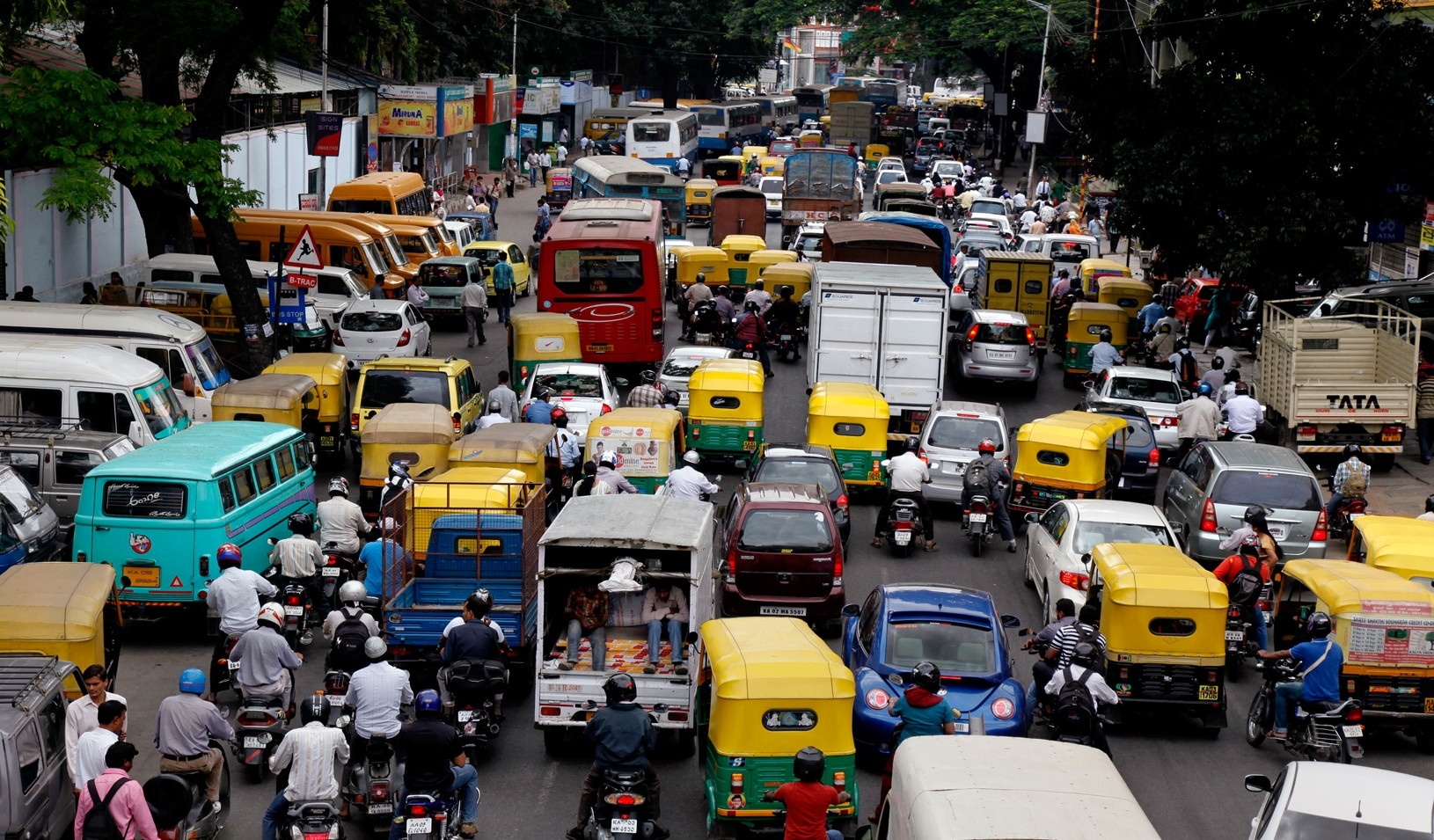We need to do more at the local level to minimize effects of climate change than only worry about CO2, says
Prof. J. Srinivasan, Chairman, Divecha Centre for Climate Change, Indian Institute of Science in his talk at an interactive session on ‘Outcome of Paris Summit on Climate Change (COP21)’ and it’s Implication for India. It was organised by the Centre for Sustainable Development, Bangalore.
If you look at the possible global temperature rise that will occur in the next 25 years, even maintaining a 2 degree Celsius rise will be tough. For the past 20-30 years, we are going along a trajectory of 4-6 degree Celsius temperature rise and now reducing this to 2C will not be achieved easily. So, how can we limit the rise to 1.5C?
The Paris Summit consensus was that we will have to limit our cumulative CO2 emission to 1000 Gigatonne (Gt) in order to limit to 2 degree Celsius. In order to achieve 1.5C, we will have to limit it to 750 Gt.The reason that the fi gure of 1.5C came to be is because a large number of island nations in the UN are concerned about sea-level rise and they made an emotional pitch saying that they would disappear from the face of the planet if the sea-level continues to rise.
The Case of Bangladesh – impact of dams more serious than rising sea level
Bangladesh is also one of the countries which would be affected. India too should be concerned about the issue as we have a large number of cities on the coast whose population exceeds 1million; a sea-level rise of one metre as predicted by IPCC will pose a big threat to many towns.
However, I would like to point out that there is a lot of confusion in the discussion about climate change because ultimately the impact of climate change is local more than global. When we talk about local climate change it is not just about CO2, it includes many other factors as well. One good example is Bangalore itself, the minimum temperature in March has gone up by almost 2C,this cannot be just because of global warming.
So when you look at local issues all one has to worry about are the factors other than CO2 and these are factors which do not require global negotiations. These are things that we can do on our own. In Bangalore the temperature rise can be controlled better with better urban planning. Similarly, Bangladesh faces threat of rise of sea-level rise not only because of global warming.Global warming is currently raising the sea-level by 3mm/ year approx. but most of Bangladesh is sinking at the rate of 10mm/year or more. Why is that?
Bangladesh is sinking for 3 reasons – dams have been built upstream of Brahmaputra and Ganga which affects silt coming into Bangladesh, irresponsible tapping of ground-water from under the soil and exploitation of natural gas by pumping below the ground. So, in Bangladesh local threats need more urgent attention as compared to long term effects of global warming. The Bangladesh population rise is 20 million/10 years. This is an issue that also needs to be addressed.
Tipping Point Can Be Earlier Than Expected
Scientists who have studied the earth’s past know that it has oscillated between ice-ages and ice-free conditions and when these oscillations occurred long time ago, they occurred quite rapidly. There is a concept of tipping point – the earth’s climate changes due to human abuse of natural causes, first slowly and then comes a tipping point at which it changes rapidly. Thus, we need to be cautious about the fact that earth’s climate might not be as stable as we think. A few examples of tipping point are Indian Monsoon change.
But, one of the most rapid changes attributed to tipping point was the ozone hole. It was predicted by scientists that due to release of CFCs (chloro fluoro carbon) ozone layer will slowly decline. However, the layer declined rapidly in 1980. There was this huge hole in the ozone layer over Antarctica which was not predicted by the scientists. So, the scientists who warned us had done so very conservatively.This also proves that the projections made by Intergovernmental Panel on Climate Change (IPCC) based on models may not be right, it could be much worse.
Hence, the 2C might be a liberal allowance. Even in the case of global climate change, we will get serious only when there is a catastrophe which may happen in next 10-20 years.
Some threats that we should be concerned about are – Indian Monsoon weakening, release of methane from Permafrost in Russian, frozen soil from ice age is beginning to defrost which will lead to release of methane trapped under them.
According to a recent study, to limit temperature rise to 2C, very ambitious cuts in levels of CO2 might not be enough. However, to go below 2C, along with CO2 the level of short-lived climate pollutants such as methane and black carbon (soot) in the atmosphere needs to be limited as well. Soot remains for one week and methane for ten years. Now, this is a tough issue as these gases are not part of the negotiations in Paris.
With respect to India, it’s high time we bring down the levels of soot in the atmosphere as it causes health issues as well. One of the recent examples is the climate change in Delhi.
Key Ideas
• Limiting temperature to 2 degree Celsius is a joke
• Intervene at the local level to minimize climate change impact
• Tipping point of severe impact can be faster than we expect
• Gases other than CO2, like methane, are not part of the Paris Summit, but have serious consequences











